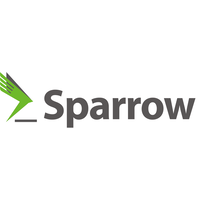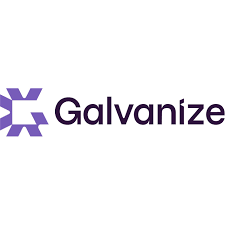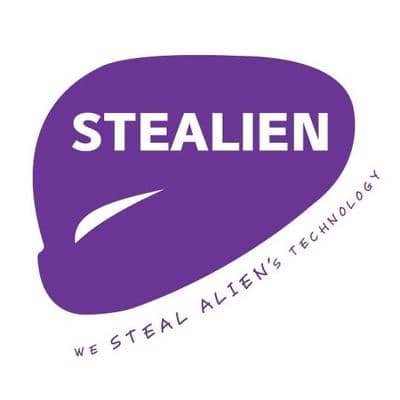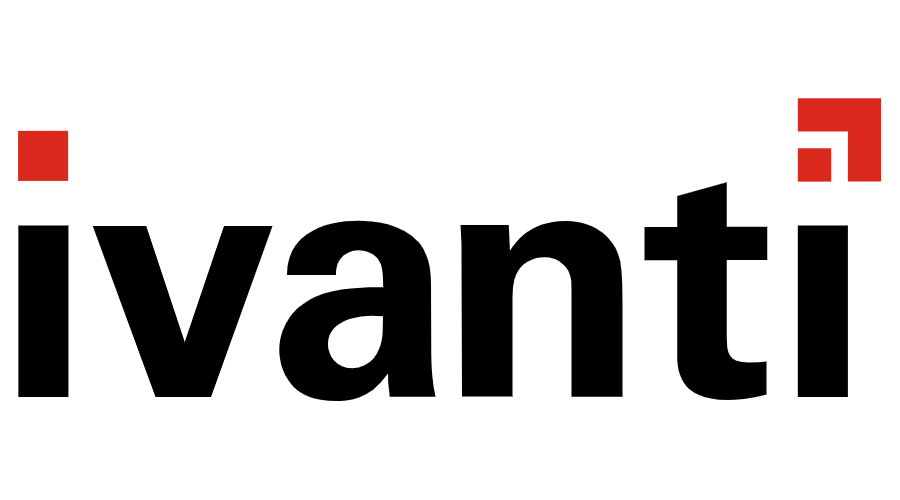
Problems that solves
Aging IT infrastructure
Low bandwidth data channels
Lengthy production timelines
High costs
Values
Reduce Costs
Reduce Production Timelines
Ensure Compliance
Enhance Competitive Ability
Juniper Cloud CPE with SD-WAN
Junipers’ SD-WAN joins the company’s expanding portfolio of cloud-delivered networking products while simultaneously overtaking rival SD-WAN solutions by including branch universal CPE, LAN and Wi-Fi
About Product
Description
The Juniper Networks Cloud Customer premises equipment (CPE) and SD-WAN solutions use the Contrail Service Orchestration (CSO) to transform traditional branch networks, offering opportunities for high flexibility of the network, rapid introduction of new services, automation of network administration, and cost savings. The solutions can be implemented by service providers for their customers or by Enterprise IT departments in a campus and branch environment. In this documentation, service providers and Enterprise IT departments are called service providers, and the consumers of their services are called customers.
The Cloud CPE solution supports both Juniper Networks and third-party virtualized network functions (VNFs) that network providers use to create network services. The following deployment models are available:
- Cloud CPE Centralized Deployment Model (centralized deployment). In the centralized deployment, customers access network services in a service provider’s cloud. Sites that access network services in this way are called service edge sites in this documentation.
- Cloud CPE Distributed Deployment Model (distributed deployment), also known as a hybrid WAN deployment. In the distributed deployment, customers access network services on a CPE device, located at a customer’s site. These sites are called on-premise sites in this documentation.
- A combined centralized and distributed deployment. In this deployment, the network contains both service edge sites and on-premise sites. A customer can have both cloud sites and tenant sites; however, you cannot share a network service between the centralized and distributed deployments. If you require the same network service for the centralized deployment and the distributed deployment, you must create two identical network services with different names.
Competitive products
User features
Roles of Interested Employees
Chief Executive Officer
Chief Information Officer
Organizational Features
Internet access is available for employees



















